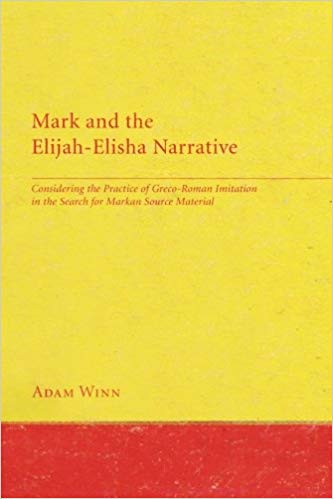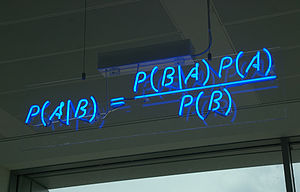Bart Ehrman claims that the Gospel of John is testimony to the existence of traditions or sources about the life of Jesus that were independent of anything that was known to the other Gospels. Therefore, so it is implied, the Gospel of John is a witness to Jesus that stands independently of the other Gospels.
When they do tell the same stories (for example, the cleansing of the Temple, the betrayal of Judas, the trial before Pilate, the crucifixion and resurrection narratives) they do so in different language (without verbatim overlaps) and with radically different conceptions. It is simplest to assume that John had his own sources for his accounts. (Did Jesus Exist? p. 259)
Bart Ehrman is a scholar so he does not make this claim lightly. He footnotes it to a source, a scholarly source no less:
Robert Kysar, John the Maverick Gospel, 3rd ed. (Louisville, KY: Westminster John Knox Press, 2007) (this links to an online preview)
And that’s it. A book is cited. Authority. Learning. No argument. If Ehrman had given a slight nod to the fact that scholars are in fact divided over the question of John’s dependence upon the Synoptics, he makes it clear that the “reality” is that there is really no question that the fourth gospel is truly an independent source. (Presumably Ehrman thinks scholars are divided over the nature of the reality about the Gospels.)
To begin with, there are solid reasons for doubting that the Gospel of John is based on Mark or on either of the other two earlier Gospels, even though the matter is debated among scholars. But the reality is that most of the stories told about Jesus in the synoptic Gospels are missing from John, just as most of John’s stories, including his accounts of Jesus’s teachings, are missing from the synoptics.
Can you imagine the response of a scholar like Ehrman toward a mythicist who cited a single work that expressed but one side of a contentious scholarly issue in order to make their argument look authoritative? “Quote mining!” would surely be the criminal charge.
But let’s examine one of the examples of the way John’s version of a Synoptic anecdote is so “radically different” and thus presumably derived from a non-Synoptic source.
Simplest to assume . . . ignorance
Bart Ehrman says the differences between the Gospel of John and a synoptic gospel are so radical that “it is simplest to assume” that they drew upon quite different sources.
Don’t biblical scholars talk to each other? Why did Ehrman not refer to the abundantly published studies by his peers that address the way writers of the era imitated and re-wrote their literary sources?
The question is critical. Studies in recent years have demonstrated decisively that ancient authors imitated or re-adapted literary source material in ways that made it look quite different from the original. Indeed, more often than not, the art of imitation that was most valued was one that shunned verbal and thematic similarities.
Ehrman has apparently never heard of any of this scholarship, or if he has, has declared that it is “simplest to assume” ignorance of it and pronounce, instead, that the primary author of the Gospel of John drew upon an otherwise unattested oral tradition that knew nothing of the synoptic Gospels.
Let’s examine that assumption with a case study of the “cleansing of the Temple”.
The Cleansing of the Temple in Mark and John
Why is the Gospel of John so very much alike the Synoptic Gospels (Matthew, Mark, Luke) yet so completely unlike them? It’s a bit like asking why Virgil’s epic poem of the founding of the Roman race by Aeneas of Troy is so alike yet so completely unlike Homer’s epics, the Iliad and Odyssey. Continue reading “Ehrman: “It is simplest to assume”? How the Gospel of John IS Dependent Upon Gospel of Mark”





